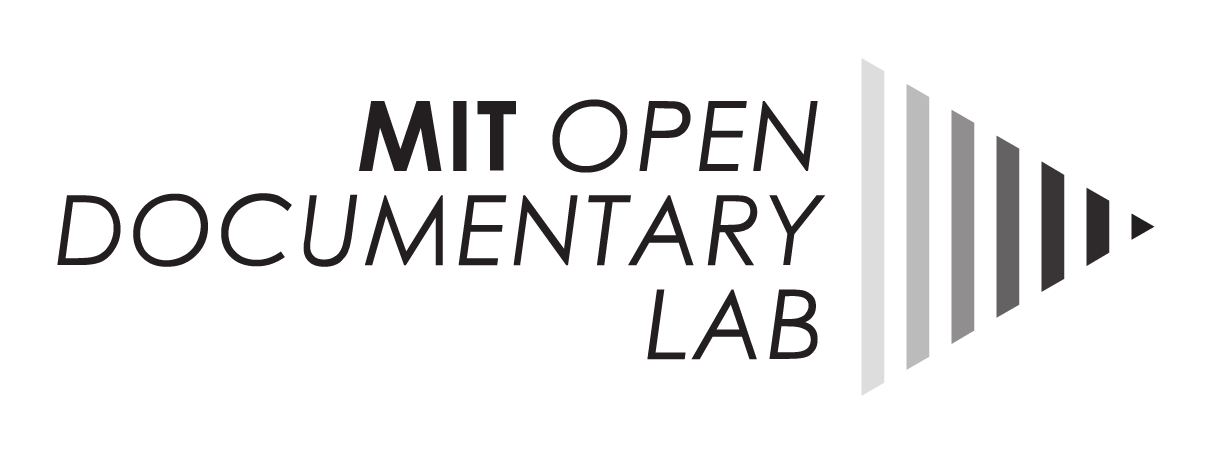This year’s New Frontier selections at Sundance point to a participatory future for virtual reality (VR), with fuzzy definitions of the audience, the creator, and the projects themselves.
Stepping into “Mechanical Souls” at Sundance’s New Frontier Central, I was expecting to be cut off from the world by a headset, swiveling in an office chair by myself and absorbing a linear narrative as it played out around me. What I got instead was a batch of new coworkers, a pineapple tea cake, and a story to investigate about a robot bridesmaid developing a mind of her own. “Mechanical Souls” has two actors guiding six participants to play the role of tech company employees. These new employees are charged with using personal VR headsets to analyze 360-degree video footage that varies depending on where they focus their gaze. After viewing the footage in their headsets, participants try to piece together the story based on what they each saw. (My group got a little too distracted by the tea cakes to dive too deep into the nuances of the robot bridesmaid’s humanity.)
“The Dial” takes this narrative participation a step further, letting users take control of time to view the events of a murder mystery in whatever order they choose. “The Dial” accomplishes this through augmented reality (AR) technology, with 3D animation laid out in virtual space atop a physical table and model house. Participants use smartphone cameras to see the virtual world’s story play out across the table and around the house physically present in front of them. One participant plays the role of “navigator,” controlling the flow of time by standing at certain spots around the table. Meanwhile, the other two “passengers” are free to move around the table and use their phones to investigate the virtual scenes from any angle.
Through incorporation of live actors and social interaction, the New Frontier program shows that the future of VR will not focus on passive experiences. Instead, the future of VR might include more participatory projects enabled by technology like REACH, a platform for creating and sharing VR scenes in a web browser. Participants in the REACH demo at Sundance were able to record a video of themselves, insert it into one of the worlds from the other VR projects on display, and share their custom scene online. Even at this early stage, REACH opens up a whole new avenue of participation by fans, who will now be able to flesh out the story of a VR project and interact with each other in its virtual world well beyond the scope of a single viewing.
The AR (augmented reality) projects at Sundance create even more paths for participation by letting people impact digital worlds through their actions in physical spaces. These new technologies and artistic approaches will continue to raise questions about the relationship between the audience and the artist, as well as what actually constitutes a single project.
Nowhere at Sundance was this tension clearer than in an exhibition room with MICA, Magic Leap’s artificial intelligence character. I walked into a small office wearing augmented reality headsets that allowed me to see my physical surroundings and a 3D-animated MICA seated at a large desk. MICA guided me through a series of nonverbal interactions, ending with me opening an envelope that contained a card that charging me with the task of spreading the histories of women in film. (I was prompted to look up the actor/director/screenwriter Fatma Begum.)
As I left MICA’s office, I couldn’t help but question what my role was in this project. Was I a participant in creative director Alice Wroe’s vision? Or was I MICA’s collaborator, charged with task of spreading more stories about women in film? Or was I just a source of training data for MICA to have more realistic interactions with humans in the future? The answer is probably a hazy mix of all of the above.
This year’s New Frontier exhibitions suggest a future in which VR audiences become participants and a single project may last as long as participants are willing to engage with it.
On one hand, this is an exciting development that enables more creative participation in a medium currently characterized by clumsy, isolating headsets. Rather than audience members, we might one day consider ourselves collaborators, creating stories together in virtual worlds curated by specialists–but ultimately under our control. One has to wonder what new stories, social connections, and forms of expression this massive collaboration might create.
On the other hand, this excitement is perhaps a bit too optimistic. After all, the potential for open participation and a level playing field was the promise of the early days of the internet and social media. As we move toward a future with more participation in media projects, how do we prevent the kinds of issues that currently plague our collective participation in social media? Will echo chambers be even harder to crack in immersive virtual worlds? Will privacy be even harder to control when AR technology places virtual scenes in the physical spaces of our homes? Will our participation boil down to a free source of market research data? At this early stage in the medium’s development, the answers to these questions are not yet settled. Expanded funding sources outside the tech field and increased technical training of artists from other disciplines might help expand the social scope of VR. With the norms and the language of the medium still being developed, there’s still time for a variety of voices to help create a future we might all actually want to participate in.
This year’s New Frontier program at Sundance calls on audiences to (cautiously) look forward to a beautiful future of participatory VR, with projects limited only by our collective imagination.




